 Entering Acorn
Entering Acorn
County: Polk
 Entering Acorn
Entering Acorn
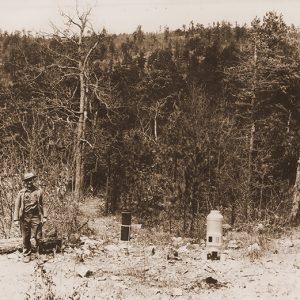 Experimental Forest Rain Gauge
Experimental Forest Rain Gauge
 Fernwood Seep Natural Area
Fernwood Seep Natural Area
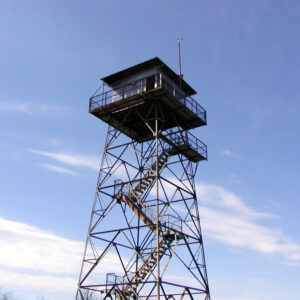 Fire Tower
Fire Tower
 First National Bank
First National Bank
Fulks, Clay
Goff, “Tuffy”
aka: Findley Norris Goff
 Norris Goff
Norris Goff
Grannis (Polk County)
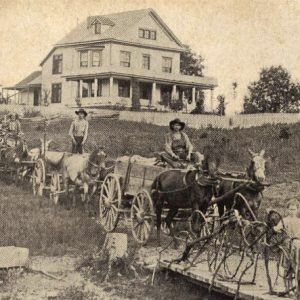 Grannis Fruit
Grannis Fruit
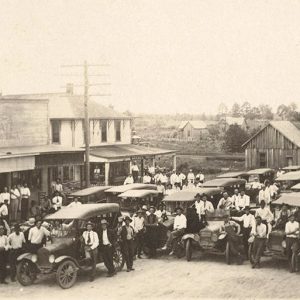 Grannis Street Scene
Grannis Street Scene
Grannis Vigil
Hatfield (Polk County)
 Hatfield Bridge
Hatfield Bridge
Hays, Lee Elhardt
Horner, Elijah Whitt
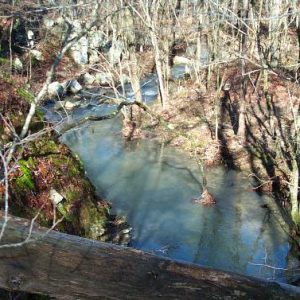 Iron Mountain Natural Area
Iron Mountain Natural Area
 Kidwellite
Kidwellite
Lauck, Chet
aka: Chester Harris Lauck
Lebow (Lynching of)
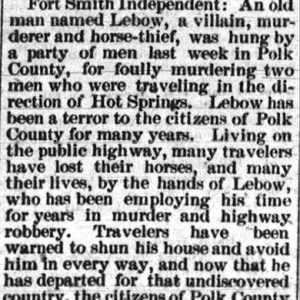 Lebow Lynching Article
Lebow Lynching Article
Lewis, Paul Tyrone
 Lichens
Lichens
Little Africa (Polk County)
Littleton, Herbert
Lone Valley (Polk County)
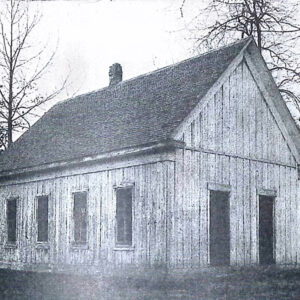 Lone Valley School
Lone Valley School
 Lum and Abner
Lum and Abner
Mayfield, Mary Victor (M. V.)
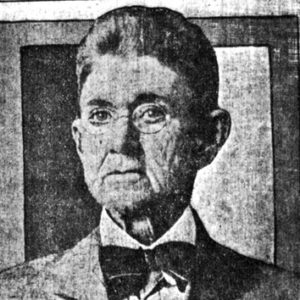 Mary Victor (M. V.) Mayfield
Mary Victor (M. V.) Mayfield
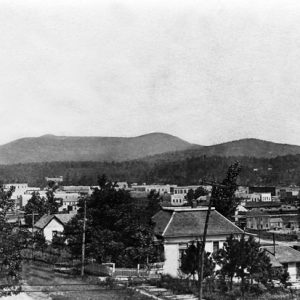 Mena
Mena
Mena (Polk County)
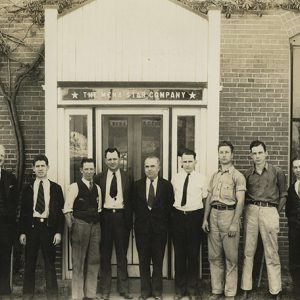 Mena Star Employees
Mena Star Employees
 Mena Depot
Mena Depot
Mena Intermountain Municipal Airport
 Mena Lynching
Mena Lynching
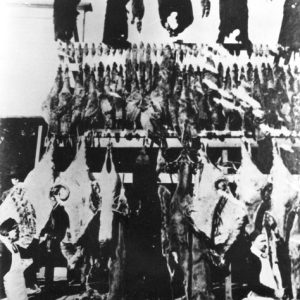 Mena Meat Market
Mena Meat Market
Mena National Guard Armory
 Mena Parade
Mena Parade
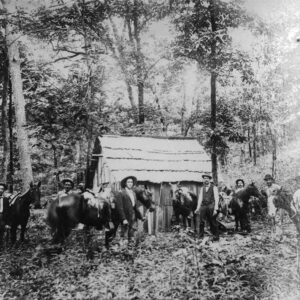 Mena Scene
Mena Scene
 Mena Star
Mena Star
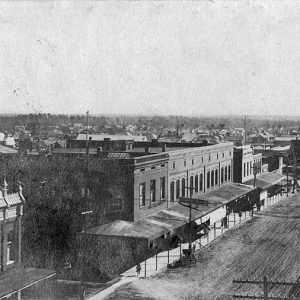 Mena Street Scene
Mena Street Scene
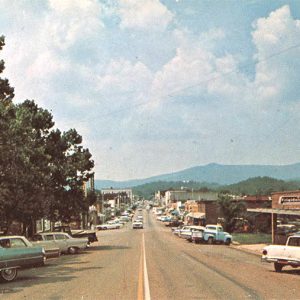 Mena Street Scene
Mena Street Scene
 Mena Street Scene
Mena Street Scene
 Mena Tornado
Mena Tornado
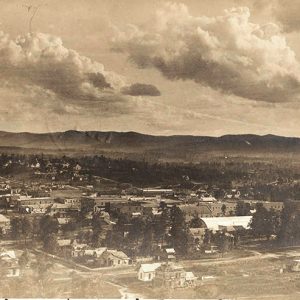 Mena View
Mena View
Moffatt, Columbus (Execution of)
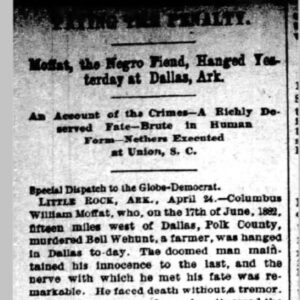 Columbus Moffatt Execution Story
Columbus Moffatt Execution Story




